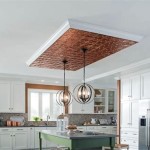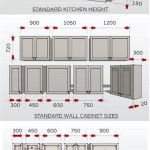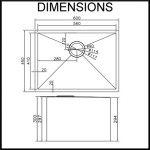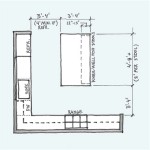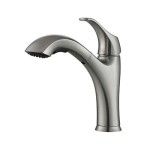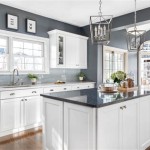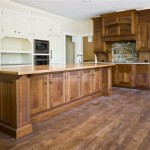Pot Lights in Kitchen Ceiling: A Comprehensive Guide
When it comes to kitchen lighting, pot lights are a popular choice for their versatility and ability to brighten up even the darkest of spaces. These recessed lights, installed directly into the ceiling, provide a sleek and modern look while delivering ample illumination for cooking, dining, and other kitchen activities.
Benefits of Pot Lights in Kitchen Ceiling
Enhanced Illumination: Pot lights offer exceptional illumination compared to traditional ceiling fixtures. By distributing light evenly across the kitchen, they eliminate shadows and create a well-lit environment.
Space Optimization: Unlike pendant lights or chandeliers, pot lights do not occupy valuable space in the kitchen. They are discreetly installed into the ceiling, freeing up headroom and creating a more spacious feel.
Design Flexibility: Pot lights are available in various sizes, shapes, and finishes. They can be seamlessly integrated into any kitchen design, from contemporary to traditional styles.
Energy Efficiency: Many pot lights utilize energy-efficient LED bulbs, which consume significantly less energy compared to traditional halogen or incandescent bulbs.
Types of Pot Lights
Standard Pot Lights: These are the most common type of pot lights, with a round or square shape and a simple trim that blends with the ceiling. They are available in various diameters, allowing for customized spacing.
Adjustable Pot Lights: Adjustable pot lights have rotating heads that allow you to direct light where you need it most. This is particularly useful for task lighting over countertops or islands.
Gimbal Pot Lights: Gimbal pot lights feature a swiveling joint that provides even greater flexibility in directing light. They are ideal for highlighting specific areas of the kitchen.
Positioning and Spacing
The optimal positioning and spacing of pot lights depend on the size and layout of your kitchen. Generally, a spacing of 2-3 feet between lights provides adequate illumination. For task lighting over countertops or islands, consider placing pot lights every 12-18 inches.
It is crucial to create a layout that evenly distributes light throughout the kitchen while avoiding direct glare from the lights themselves. To achieve this, avoid placing pot lights directly above the stove or sink.
Installation Considerations
Installing pot lights requires access to the joists or studs in the ceiling. If you are not comfortable with DIY electrical work, it is recommended to hire a qualified electrician.
Make sure to select pot lights that are rated for damp or wet locations if they will be installed above the stove or sink. Also, consider the insulation level of your ceiling, as some pot lights require insulated housing units.
Maintenance and Troubleshooting
Pot lights generally require minimal maintenance. However, it is important to replace bulbs as needed, especially if using traditional halogen or incandescent bulbs. LED bulbs have a longer lifespan, reducing the frequency of bulb replacement.
If you encounter flickering or dimming lights, check for loose connections or faulty bulbs. If the problem persists, consult an electrician to identify and resolve the underlying issue.

Kitchen Lighting Ideas Mr Potlight

Perfect Kitchen Recessed Lighting Mr Potlight

How To Update Old Kitchen Lights Recessedlighting Com

Kitchen Lighting Ideas Mr Potlight

How Much Does It Cost To Install Recessed Lighting In 2024

How Many Recessed Lights Will I Need For My Room Bazz Smart Home

The 6 Best Led Recessed Lights Mr Potlight

What Is Recessed Lighting Flip The Switch

Recessed Lighting Buying Guide Lowe S

Recessed Lighting Best Practices
See Also


